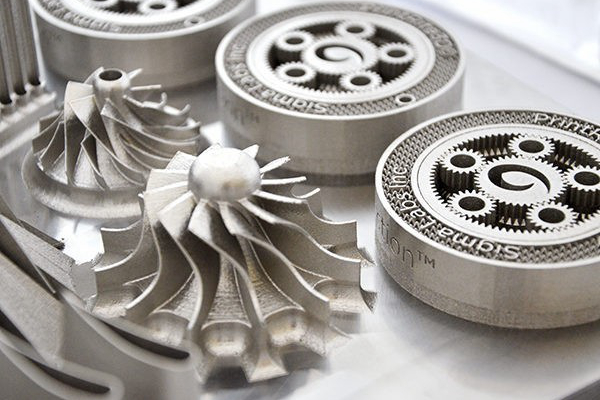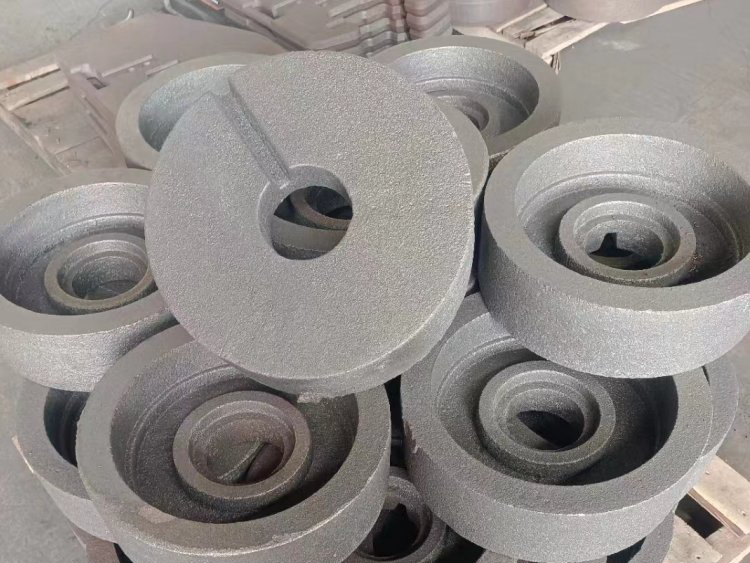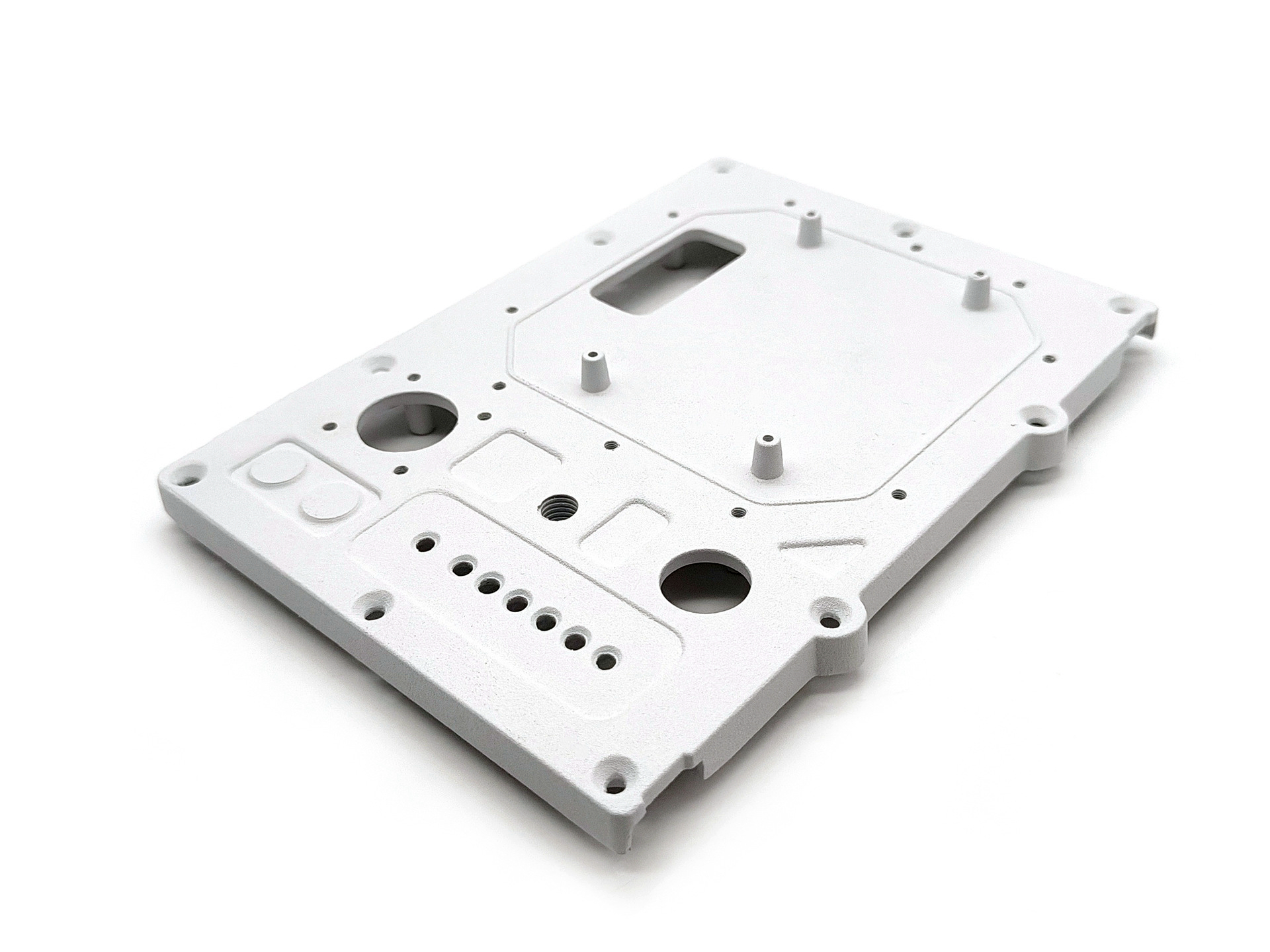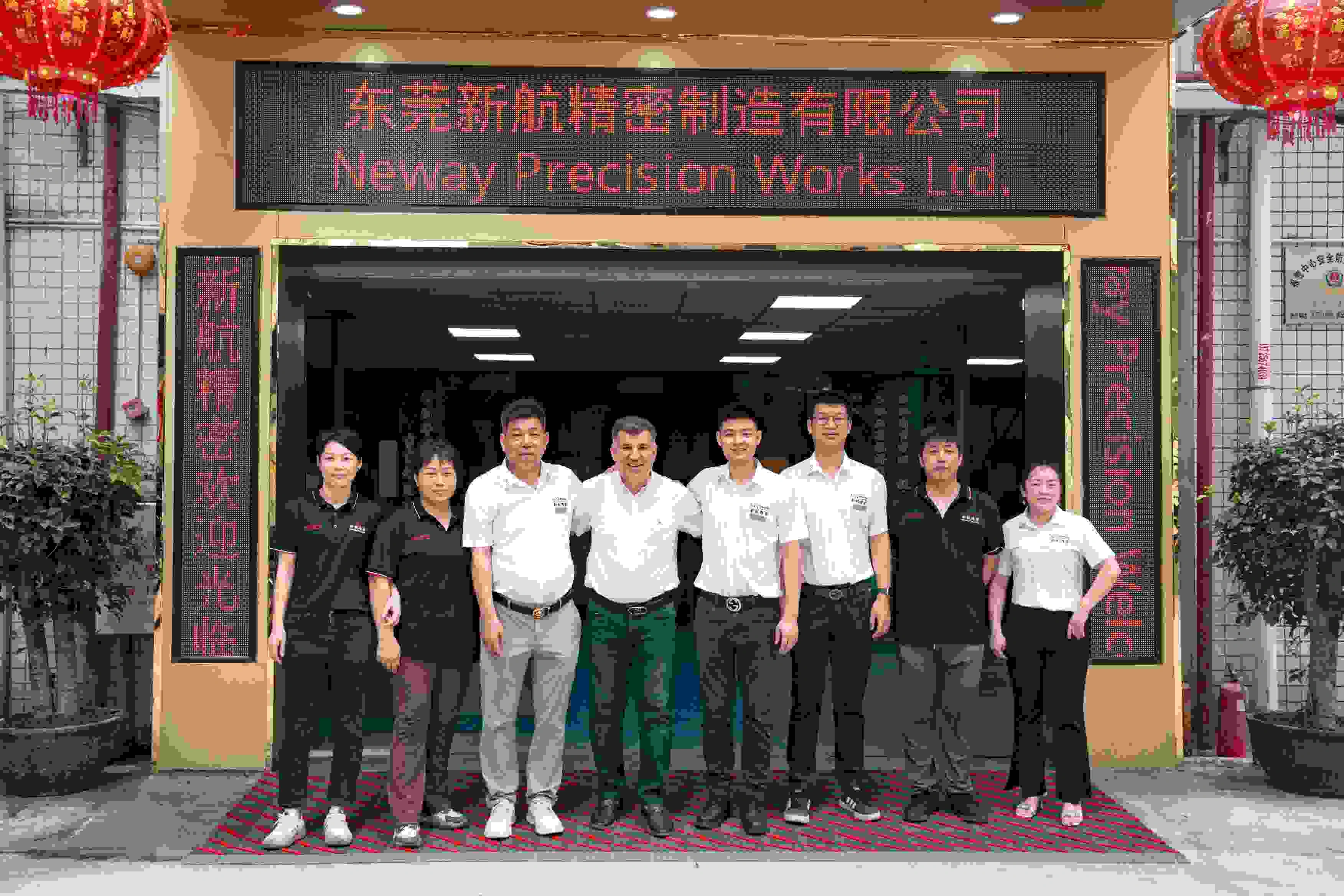How does die casting compare to stamping or forging in automotive parts?
Die Casting vs. Stamping vs. Forging in Automotive Parts
Overview of Manufacturing Methods
In the automotive industry, die casting, stamping, and forging are key metal forming processes, each with unique advantages depending on the functional and economic requirements of the part. Selecting the right method involves evaluating part geometry, strength requirements, production volume, and cost constraints.
Die Casting: Precision and Complex Geometry
Die casting is ideal for creating complex, high-precision components with tight tolerances and intricate geometries in a single step. Automotive applications include electric motor housings, transmission covers, and electronic module cases.
Advantages:
Thin wall capability (as low as 1.5 mm for aluminum).
Excellent dimensional repeatability (±0.05 mm for aluminum, ±0.02 mm for zinc).
Integrates multiple features into one component, reducing assembly.
Limitations:
Lower mechanical strength compared to forged parts.
Higher initial tooling cost than stamping for simple geometries.
Die casting is best used with non-ferrous alloys such as A380 aluminum, ADC12, or Zamak 3 zinc, which provide good strength-to-weight ratios and corrosion resistance.
Stamping: High-Speed Sheet Forming
Stamping is a cost-effective method for producing flat or mildly contoured parts from sheet metal, such as body panels, brackets, and heat shields.
Advantages:
Very fast cycle times and low cost per part for high volumes.
Excellent for large, flat surface areas.
Limitations:
Limited to 2D or shallow 3D geometries.
Requires secondary operations for features like ribs or bosses.
Stamping works best with steel or aluminum sheets and is often paired with post-processing like welding, bending, or assembly.
Forging: Superior Strength and Durability
Forging deforms metal under high pressure, aligning the grain structure and resulting in parts with exceptionally high strength, ideal for drivetrain, suspension, and steering components.
Advantages:
Highest mechanical strength and fatigue resistance.
Excellent for critical load-bearing parts.
Limitations:
Expensive tooling and slow production rates.
Limited ability to form complex internal features or thin walls.
Forging is best suited for high-stress applications requiring materials like steel or aluminum alloys with enhanced fatigue resistance.
Comparison Table
Feature | Die Casting | Stamping | Forging |
|---|---|---|---|
Geometry | Complex 3D shapes | Flat or shallow forms | Simple 3D shapes |
Strength | Moderate | Moderate | Very high |
Tolerances | ±0.05 mm typical | ±0.1–0.3 mm typical | ±0.1 mm typical |
Surface Finish | Excellent, as-cast | May need finishing | Needs machining |
Volume Suitability | Medium to high | Very high | Low to medium |
Material Flexibility | Non-ferrous (Al, Zn, Cu) | Steel, Al | Steel, Al, Ti |
Tooling Cost | High | Medium | High |
Services for Automotive Manufacturing Optimization
To help you select and implement the most efficient manufacturing solution, we recommend:
Material-Specific Die Casting Services
Aluminum Die Casting: Ideal for structural parts, housings, and brackets.
Zinc Die Casting: For high-precision, small automotive components.
Engineering and Design Support
Die Castings Engineering: Optimize part design for manufacturability and structural performance.
Tool and Die Making: Durable tools for die casting, stamping, and low-pressure forming.
Prototype and Low-Volume Production
Rapid Prototyping: Validate form, fit, and function before committing to large-scale tooling.
For full-cycle solutions, our one-stop service integrates design, tooling, casting, machining, and finishing for automotive applications.



